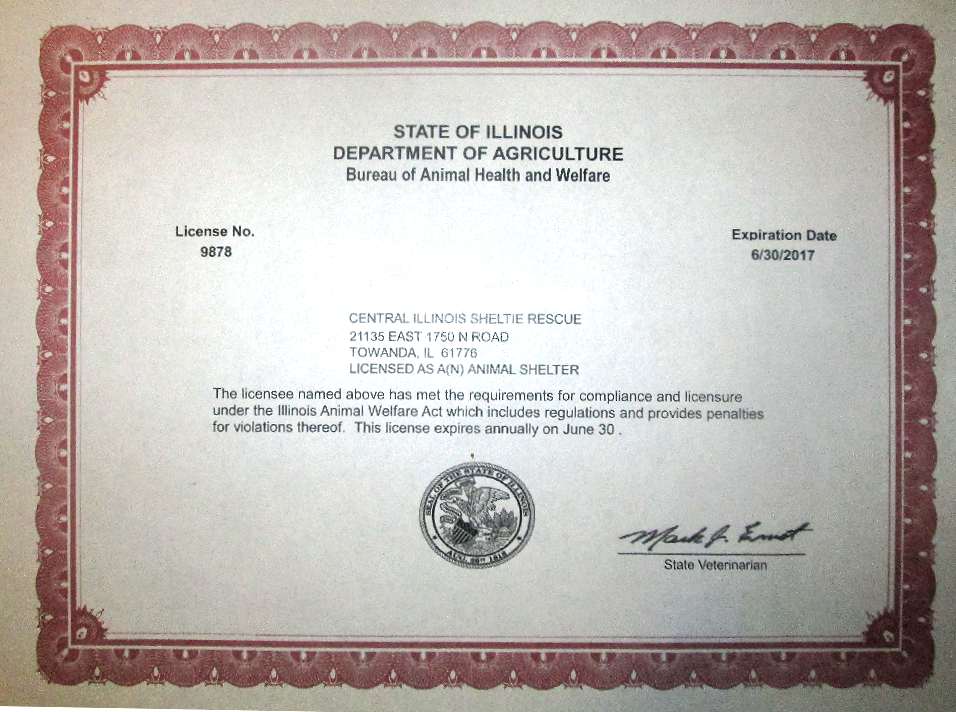Design Your Dream Sheltie Rescue Now


Introduction to Sheltie Rescue
The Shetland Sheepdog, affectionately known as the Sheltie, is a beloved breed known for its intelligence, loyalty, and affectionate nature. However, like many breeds, Shelties can find themselves in need of rescue due to various circumstances such as abandonment, neglect, or being surrendered by their owners. A well-designed Sheltie rescue organization is crucial for providing these dogs with a second chance at a happy life. In this blog post, we will explore the key components of designing a dream Sheltie rescue, focusing on the essential elements that make such an organization effective and compassionate.
Mission and Vision
A clear mission statement and vision are the foundation of any successful rescue organization. The mission should outline the purpose and goals of the rescue, such as providing a safe haven for Shelties in need, promoting adoption, and educating the public about the breed and responsible pet ownership. The vision should reflect the long-term aspirations of the organization, including the desire to reduce the number of Shelties in shelters and to promote a culture of compassion and care for these wonderful dogs.
Structure and Management
Effective management and governance are vital for the smooth operation of a Sheltie rescue. This includes: - Board of Directors: A dedicated team responsible for strategic planning, decision-making, and overseeing the financial and legal aspects of the organization. - Volunteer Coordination: A system for recruiting, training, and managing volunteers who are crucial for daily operations, such as fostering, transporting, and helping with events. - Foster Care Program: A network of foster homes where Shelties can be temporarily cared for until they are adopted, providing them with love, care, and socialization. - Adoption Process: A thorough and careful process to ensure that Shelties are matched with suitable families, including applications, interviews, and home visits.
Fundraising and Financial Management
No rescue organization can function without funding. Key aspects of fundraising and financial management include: - Donations and Grants: Seeking donations from the public and applying for grants from animal welfare organizations. - Events and Campaigns: Organizing events, such as dog walks, auctions, and social media campaigns, to raise funds and awareness. - Transparency and Accountability: Ensuring that financial records are transparent and that funds are used efficiently and effectively for the care of the Shelties and the operation of the rescue.
Health and Wellness
The health and wellness of the Shelties in care are of paramount importance. This includes: - Veterinary Care: Providing necessary medical care, vaccinations, and spaying/neutering. - Nutrition and Diet: Ensuring that all Shelties receive appropriate nutrition tailored to their age, health, and activity level. - Behavioral Support: Offering training, socialization, and behavioral support to help Shelties overcome any emotional or psychological challenges.
Education and Community Outreach
Educating the public about Shelties and promoting responsible pet ownership are crucial roles of a rescue organization. This can be achieved through: - Workshops and Seminars: Hosting events on dog care, training, and breed-specific information. - Social Media and Website: Utilizing online platforms to share information, stories, and updates about the rescue and its dogs. - Community Events: Participating in local events to raise awareness about the rescue and the importance of adopting rather than shopping for pets.
Challenges and Solutions
Like any organization, a Sheltie rescue will face challenges, such as funding constraints, the emotional toll of the work, and the constant need for volunteers and resources. Solutions include: - Diversifying Fundraising Efforts: Exploring a variety of fundraising strategies to reduce dependence on a single source of income. - Support for Volunteers: Providing training, recognition, and support for volunteers to help manage the emotional aspects of the work. - Networking: Collaborating with other rescue organizations and animal welfare groups to share resources, knowledge, and best practices.🐾 Note: Building a strong, supportive community around the rescue, including volunteers, adopters, and donors, is key to overcoming challenges and ensuring the long-term success of the organization.

Volunteer Engagement
Volunteers are the backbone of any rescue organization. Engaging and retaining volunteers can be achieved by: - Clear Communication: Keeping volunteers informed about the organization’s activities, needs, and successes. - Recognition and Appreciation: Acknowledging and thanking volunteers for their contributions. - Opportunities for Growth: Offering training and opportunities for volunteers to take on more responsibilities or specialize in areas of interest.
| Volunteer Role | Description |
|---|---|
| Foster Care | Providing temporary care for Shelties in your home. |
| Transportation | Assisting with the transport of dogs to and from vet visits, foster homes, and adoption events. |
| Event Planning | Helping to organize and execute fundraising events and adoption fairs. |
As we reflect on the components of a dream Sheltie rescue, it’s clear that such an organization requires dedication, compassion, and a well-planned structure. By focusing on the welfare of the dogs, engaging with the community, and managing resources effectively, a Sheltie rescue can make a significant difference in the lives of these wonderful animals. The dream of providing every Sheltie in need with a loving home is ambitious, but with the right approach and support, it is achievable. This journey not only improves the lives of the dogs but also enriches the lives of those involved, fostering a community of care and compassion that extends far beyond the rescue itself.

What is the primary goal of a Sheltie rescue organization?
+The primary goal is to provide a safe haven for Shelties in need and to find them permanent, loving homes through adoption, while also promoting education and awareness about the breed and responsible pet ownership.

How can I get involved with a Sheltie rescue?
+You can get involved by volunteering your time, donating funds or resources, fostering a Sheltie, or spreading the word about the rescue and its mission. Contacting the rescue directly to inquire about their specific needs and opportunities is a great first step.

What kind of support do Shelties in rescue need?
+Shelties in rescue need medical care, nutritional support, behavioral rehabilitation, and most importantly, love and socialization. They also need a foster or forever home where they can receive the care and attention they deserve.


